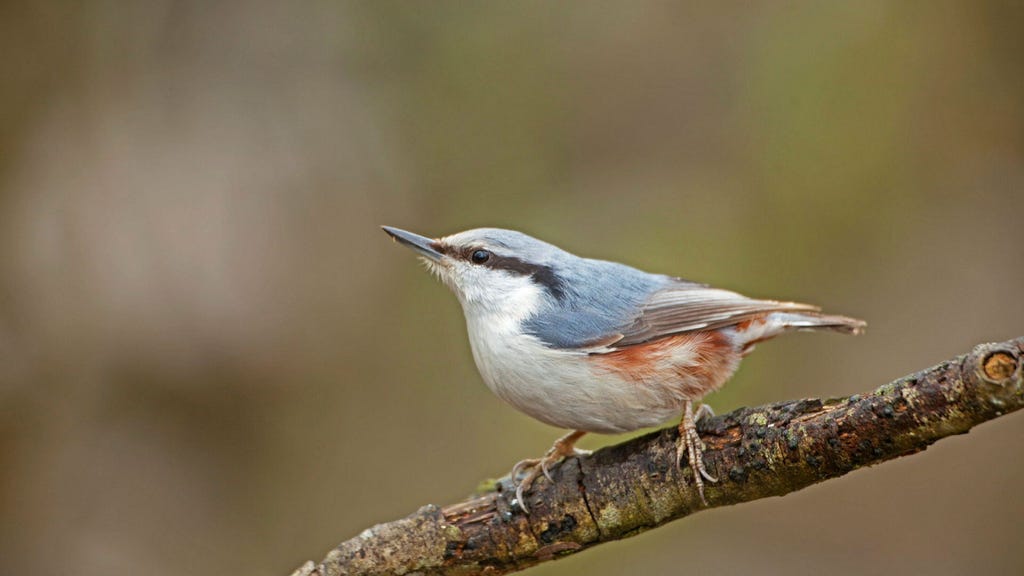The author reflects on their relationship with the great tits in the park, a relationship built on the shared currency of cashew nuts. This simple act of feeding has forged a bond, a sense of responsibility for the birds’ well-being, particularly as winter approaches. The birds’ decision to overwinter likely hinges on the readily available food source the author provides, raising a quiet concern about the unintended consequences of this seemingly innocent interaction. This contemplation is sparked by the re-release of Björn von Rosen’s 1966 book, ”Conversation with a Nuthatch,” a story about a unique interspecies friendship. The author recalls reading only half the book as a child, unable to bear the inevitable sadness of the nuthatch’s demise.
The theme of human-bird relationships continues with a discussion of Eva Meijer’s novel ”The House of Birds.” The story revolves around Gwendolen Howard, an eccentric Englishwoman who prioritizes the company of birds over humans. The novel opens with a jarring scene of agitated birds reacting to the council’s trimming of a hedge, their nesting site threatened by human intervention. This image of disruption resonates with the author, connecting it to Per Wirtén’s critique of romanticism. Wirtén, according to the author, represents a materialistic worldview that reduces nature to mere resources, exemplified by his dismissive view of a ”moonlit forest” as just timber and minerals.
The author contrasts this materialistic perspective with the romantic sensibility, which appreciates the intrinsic value of nature. They see Wirtén’s criticism of romanticism as a misguided attempt to explain the rise of right-wing extremism, arguing that it’s a simplistic and inaccurate analysis akin to reducing the labor movement to a single controversial experiment. The author argues that Wirtén’s materialistic worldview, shared by figures like Elon Musk and Donald Trump, fuels a self-serving focus on wealth accumulation, potentially contributing to the appeal of fascism. They posit that those drawn to extreme right ideologies are unlikely to be found engaging with romantic art or literature. The author suggests that the ”confused left” tries to address systemic issues with inadequate tools, relying on simplistic solutions for complex problems.
Shifting gears, the author explores the resurgence of interest in Christian mysticism and practice within contemporary Swedish poetry. They cite poets like Judith Kiros, Johanna Larsson, and Maria Bodin, whose debut collection ”Kristina Fragments” is highlighted. The author notes that this spiritual exploration in poetry is not a recent phenomenon, referencing the republication of Mare Kandre’s ”The Annunciation.” This return to spiritual themes provides a counterpoint to the materialistic worldview discussed earlier, suggesting a yearning for something beyond the purely material. This exploration of faith and spirituality in literature further reinforces the author’s argument against a reductionist view of human experience.
The author then presents a list of ten books recommended by DN critics, a snapshot of contemporary literary trends. The list includes diverse genres and subject matter, from Guatemalan civil war to Irish social dynamics, Australian landscapes, and the history of German Romanticism. This diverse selection underscores the richness and breadth of contemporary literature. The list further serves as a subtle rebuttal to the narrow, materialist perspective criticized earlier. It highlights the enduring power of stories to explore complex themes of history, identity, and the human condition.
The inclusion of the book list at the end serves as a concrete example of the ongoing literary conversations that engage with the very themes the author discusses. The works mentioned, ranging from historical analyses to introspective poetry and fiction, each contribute to a broader understanding of the human experience. This diverse selection underlines the importance of engaging with a wide range of perspectives and ideas, offering a counterpoint to the reductive and materialistic viewpoint criticized by the author. The list, therefore, functions as both a recommendation and a subtle argument for the continued relevance and power of literature.














